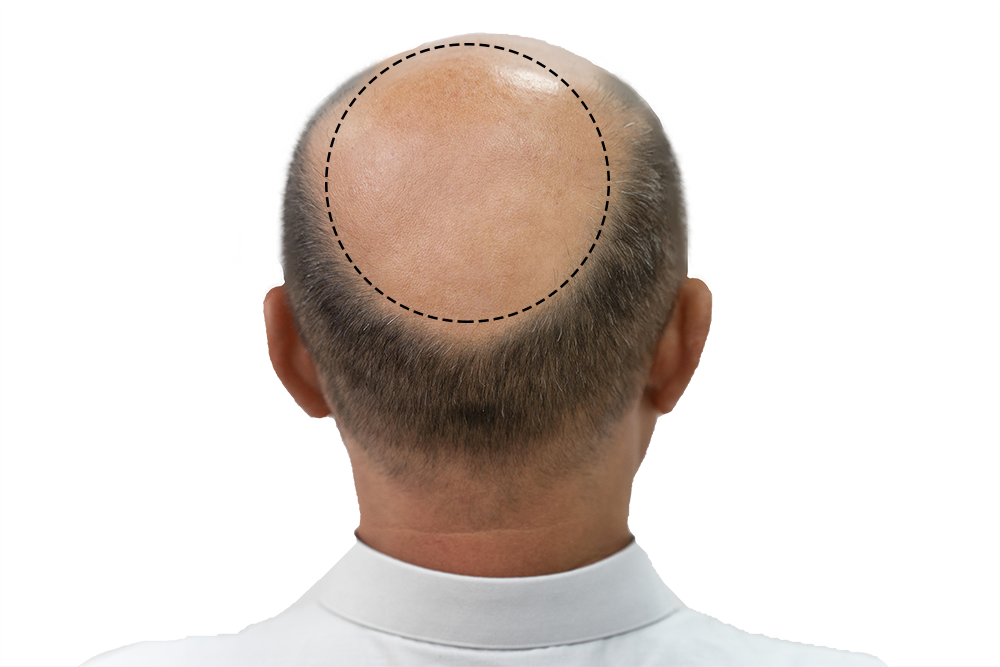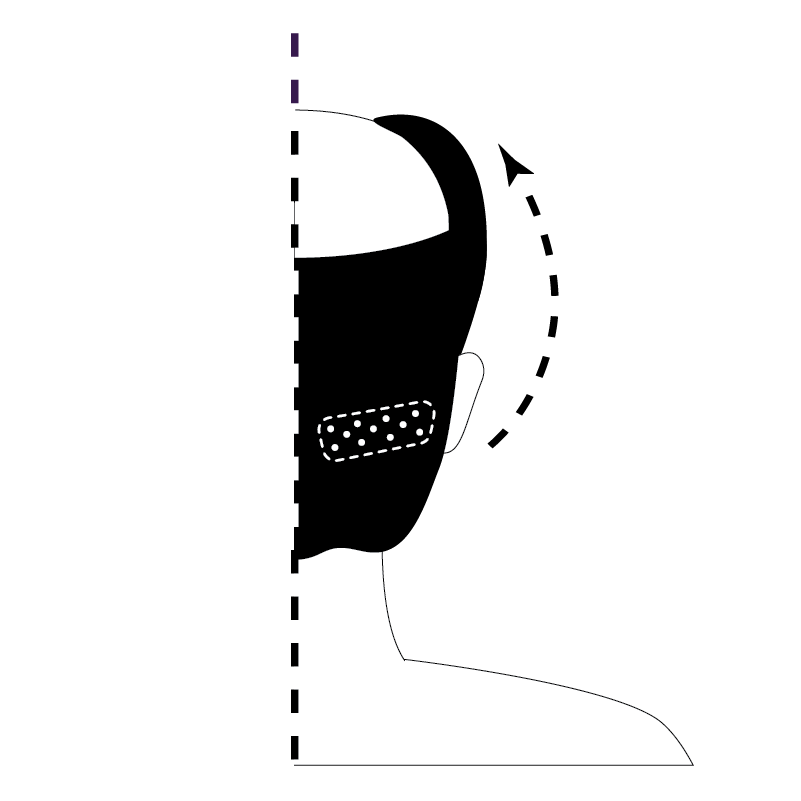Hair transplantation is a very successful process. The technology of hair transplantation has developed greatly since the day they started applying it and reached the latest technology through FUE hair transplantation, as this technique provides a permanent solution to the problem of baldness. The transplanted hair is the patient’s own hair follicles, where hair is extracted from the donor area and placed in the receiving area.
Follicular unit extraction (FUE) also known as follicular transfer (FT) is one of the advanced new generation techniques today. The treatment success rate with this technique is very high, and the recovery period is also short, and it is a technique that has been favored by both doctors and patients in recent years.
involves the extraction of single follicular units from usually the nape, the donor area, to be inserted in the open micro-channels in the receiving area. (the area with baldness).


Fue hair transplant steps
The process includes three sections:
- analysis of the recipient and donor area, where the doctor draws a hairline and injects local anesthesia.
- The doctor will extract the follicles one by one
- the doctor will graft follicular units into the receiving area.
In total, this process takes about 5/7 hours
Who is a good candidate for FUE hair transplant surgery?
- healthy
- you don’t have androgenetic alopecia or burns
- The donor area is suitable and dense
What are the Advantages of Fue Hair Transplant Method?
The technique of FUE hair transplant has many advantages, there will be no scarring, as the follicles taken from the donor area are transplanted to the balding area immediately. after the operation, the healing process will be much faster than other methods.
After 6 months, the transplanted hair begins to grow, as its growth rate exceeds 90%, and this is one of the biggest advantages of FUE hair transplant.
What are the risks of FUE hair transplant surgery?
Like any other surgical procedure, there are risks that you must take into consideration
We have collected the 8 most important risks:
- Discomfort
- Irritation
- Infections
- Hiccup
- Weakness
- Swelling
- Excessive loss of blood
- Lost grafts
is it painful?
The FUE hair transplant is performed using local anesthesia, where the scalp will be numb and you will not feel anything. We can do general anesthesia, but this is not recommended because of the risks and side effects it carries.


Free Consultation
Contact
blog feed
latest articles
ALL ABOUT BEAUTY AND HEALTH DAILY POSTS

A flat stomach is a common aesthetic goal, often associated with health benefits like reduced risk of heart disease and diabetes. Two popular cosmetic procedures can help achieve this: Tummy Tuck (Abdominoplasty) and Liposuction. Tummy Tuck (Abdominoplasty) Tummy tuck is a surgical procedure designed to remove excess skin to tighten the abdomen. It’s ideal for those who have experienced significant…

Are you considering a mommy makeover but still thinking about expanding your family? You are not alone! Many women wonder about the possibility of pregnancy afterwards. In this comprehensive guide, we will answer your most pressing questions and provide expert insights from the Estherian Clinic. What is a Mommy Makeover? A mommy makeover is a customized combination of cosmetic procedures…

In the realm of plastic surgery, managing post-operative fluid accumulation is crucial for optimal healing. Surgeons employ two primary approaches: traditional drain tubes and innovative drainless techniques. Let’s explore these methods and their impact on patient recovery! Understanding Surgical Drains Surgical drains are essential tools in many plastic surgery procedures. These slender tubes, typically made of silicone or plastic, measure…




